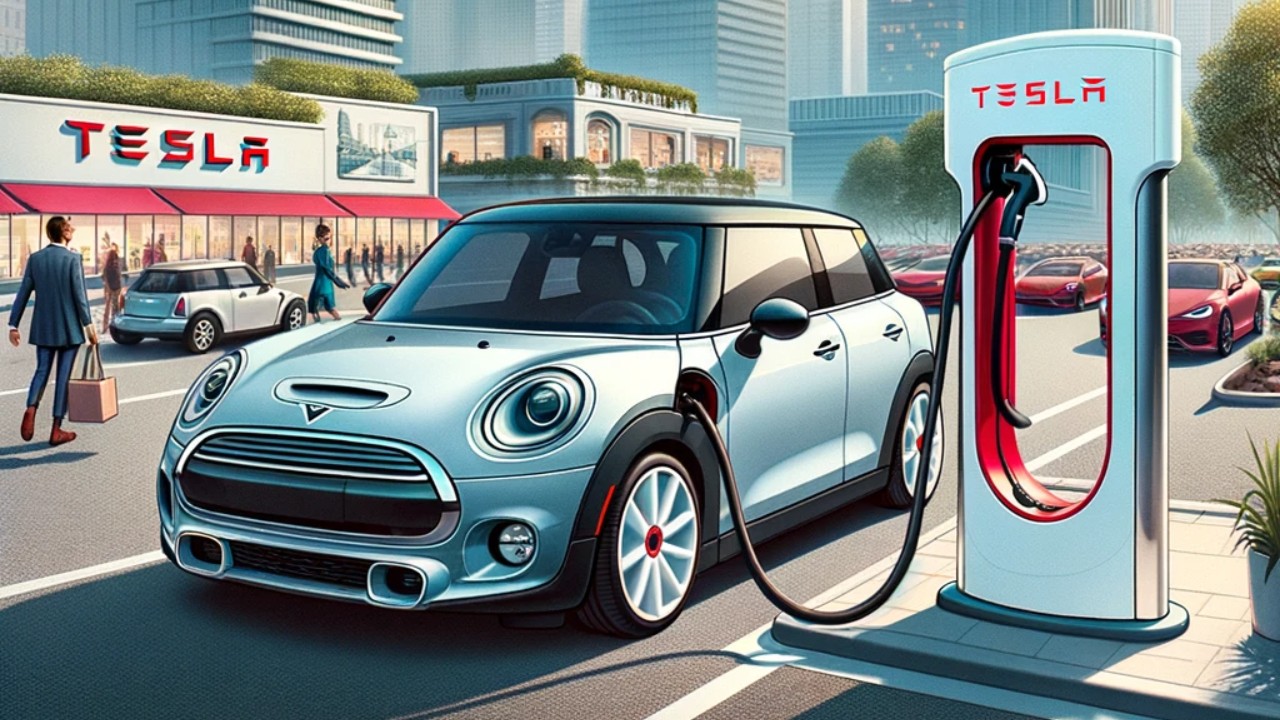In a significant move towards standardizing electric vehicle (EV) charging infrastructure, the BMW Group has announced that its BMW, Mini, and Rolls-Royce brands will adopt Tesla’s North American Charging Standard (NACS). The transition, expected to commence in 2025, signifies a major step towards creating a unified EV charging ecosystem, a crucial aspect for promoting EV adoption on a broader scale.
The adoption of the NACS by BMW, Mini, and Rolls-Royce will enable these vehicles to access Tesla’s expansive Supercharger network. This transition aligns with the growing industry trend of embracing standardized charging infrastructure to alleviate range anxiety among EV drivers. The agreement entails that the BMW Group’s vehicles equipped with the Combined Charging System (CCS) will have access to select stations in Tesla’s Supercharger network by 2025. Future vehicles under these brands are also expected to be built in compliance with the NACS, further facilitating seamless charging across different EV models and brands123.
The decision by BMW Group follows in the footsteps of other major automakers and is noteworthy as it marks the BMW Group as the second German automaker, after Mercedes, to adopt the NACS in North America. The adoption of NACS not only demonstrates the BMW Group’s commitment towards fostering a standardized EV charging infrastructure but also sets a precedent for other automakers to follow suit3.
Moreover, this transition to the NACS is expected to significantly enhance the charging experience for the drivers of BMW, Mini, and Rolls-Royce electric vehicles, particularly in the US and Canada, where the change will be implemented initially. By leveraging Tesla’s established charging network, BMW Group aims to provide better charging accessibility to its customers, thus contributing to the broader objective of accelerating EV adoption across North America45.
In conclusion, the BMW Group’s decision to transition BMW Mini and Rolls Royce to the NACS reflects a growing industry-wide move towards standardized charging infrastructure. This change is poised to play a pivotal role in promoting EV adoption by mitigating charging inconveniences and is emblematic of the collaborative efforts within the automotive industry to drive towards a sustainable automotive future.

Leave a Reply